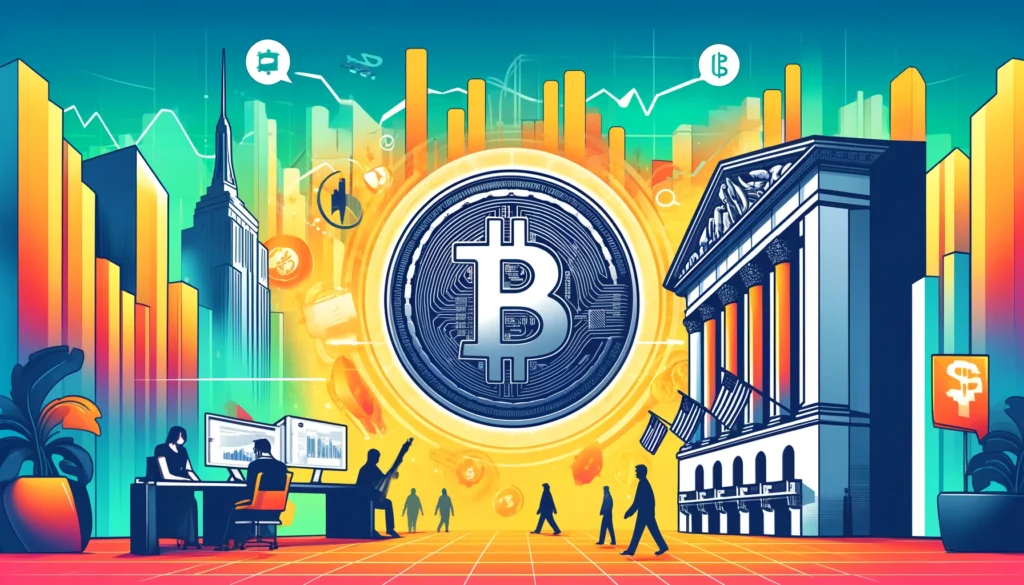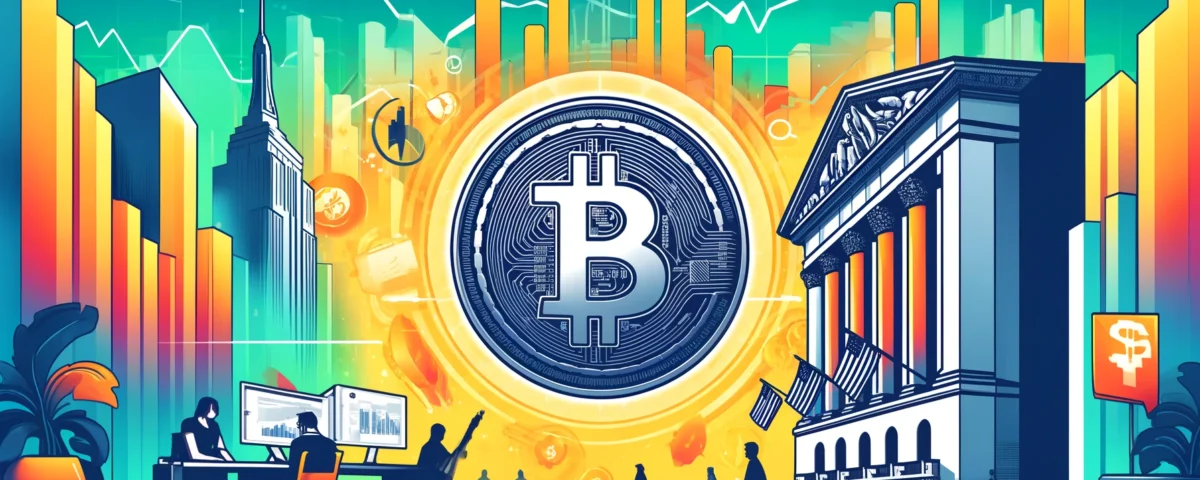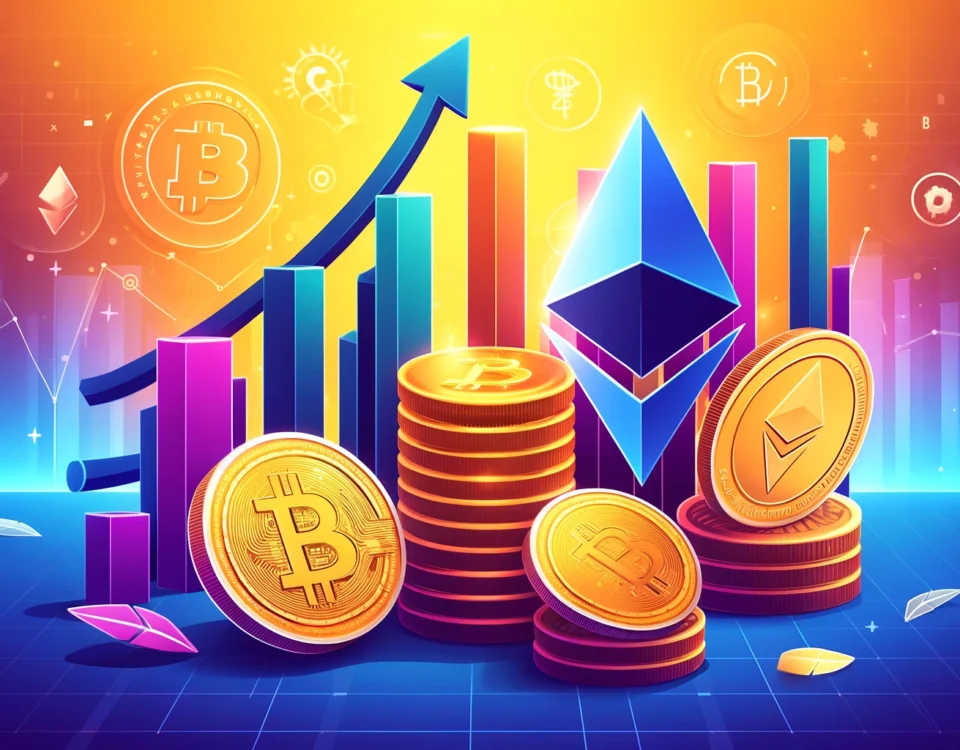
Consensus 2024: Industry Leaders Discuss the Evolution of Digital Asset ETFs (Bitcoin – Ethereum)
01/06/2024
Robert Kennedy Jr at Consensus 2024: Championing Crypto for Freedom and Transparency
01/06/2024Lynn Martin: Bitcoin’s Success is Undeniable
Lynn Martin, the president of the New York Stock Exchange Group, recently shared her optimistic views on Bitcoin ETFs during Consensus 2024. She highlighted the significant potential these ETFs hold for Wall Street and the considerable resources they have already introduced to the financial market.

Bitcoin ETFs: A Game-Changer for Wall Street
In her interview, Martin emphasized the long-standing discussions between the NYSE and the SEC regarding Bitcoin ETFs. “We’ve been having conversations with the SEC for more than six years about Bitcoin ETFs,” Martin stated. “I think you can’t argue with the success of Bitcoin ETFs and the liquidity it has brought to the underlying market.”
The introduction of Bitcoin ETFs has significantly attracted finance executives’ interest in cryptocurrencies, either directly or through ETFs. This influx of interest has led to notable price surges in the crypto market. The approval of the spot Bitcoin ETF in January has particularly drawn traditional investors, adding substantial liquidity to the market, Martin noted.
Crypto’s Growing Influence on Wall Street and Washington
Recent strong price movements in the crypto markets and Wall Street can largely be attributed to the robust inflows into U.S.-listed ETFs. Since the approval of Bitcoin ETFs, the cryptocurrency market cap has surged beyond $1 trillion.
A spot crypto ETF directly tracks the price of a specific cryptocurrency, strategically allocating portfolio funds into that digital asset. These funds are actively traded on public exchanges, mirroring the performance of their respective cryptocurrencies. Crypto ETFs, like traditional funds, are easily accessible on standard stock exchanges, allowing investors to include them in their brokerage accounts.
The recent approval of a spot Ethereum ETF has further opened the doors for regulated and accessible investment in Ethereum. This move is likely to pave the way for other spot crypto ETFs in the future.
Legislative Support for Cryptocurrency
Martin’s positive remarks come amid a wave of crypto optimism within the U.S. government. Recently, the U.S. House of Representatives passed the FIT21 bill, which provides clarity on how the SEC classifies digital assets by introducing the term “digital commodity.”
The bill aims to eliminate scams, regulate crypto exchanges, and protect consumers, creating a stable regulatory environment for cryptocurrencies. This legislative action signifies that crypto has now become a significant government concern.
Political Endorsement and Broader Acceptance
The acceptance of cryptocurrencies is also gaining political traction. Recently, former President Donald Trump started accepting campaign donations in crypto, indicating a broader industry embrace by politicians.
Conclusion
Lynn Martin’s insights underscore the undeniable success of Bitcoin ETFs and their profound impact on the market. The growing acceptance and integration of cryptocurrencies into mainstream finance and politics signal a promising future for digital assets. As regulatory frameworks continue to evolve, the potential for further growth and innovation in the crypto space remains substantial.
Links:
Bitcoin
Learning Cryptocurrency
Cryptocurrency Exchange
DeFi
-

Everything about Chainlink
-

Exploring Polkadot (DOT): Understanding Its Role in Cryptocurrency and Analyzing Its Future Potential
-

New Memecoin with AI Utility Raises $2.5M in Presale
-

“Exploring Cardano (ADA): A Comprehensive Guide to One of the Leading Cryptocurrencies”



